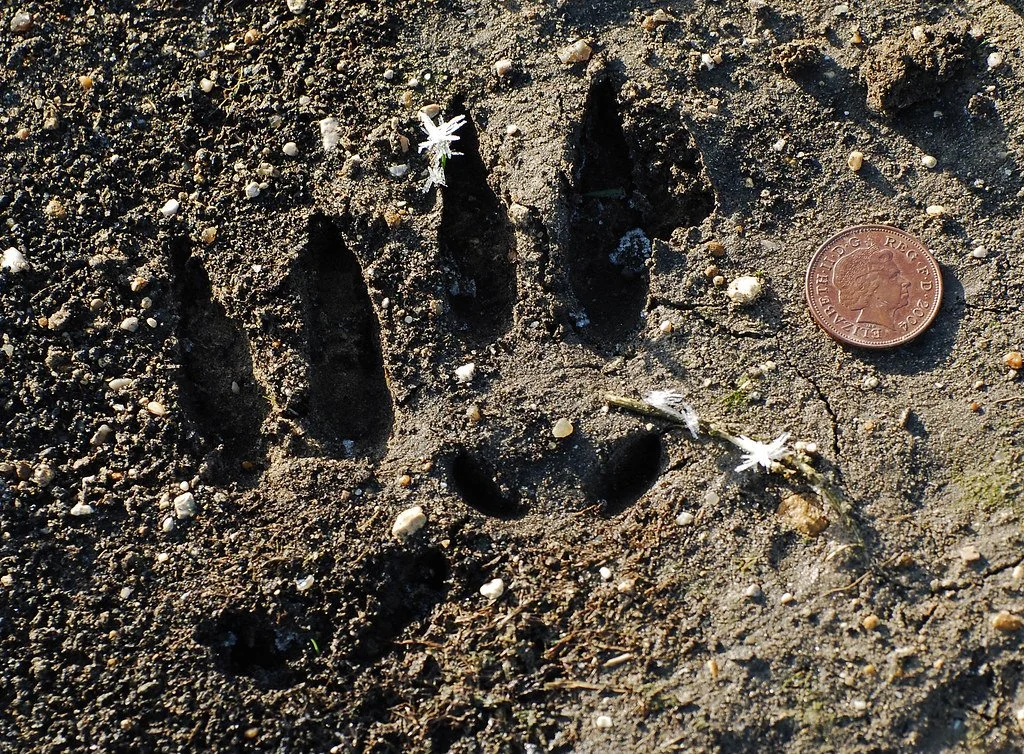Introduction to Wildlife Tracking
£120 per person 12 spaces available
Wildlife tracking is an ancient science and art - one that humans once relied upon for survival. Tracking involves a range of skills such as identifying the animal that left the clue, working out what it was doing and when, and even finding the animal itself. It is a great way to hone our ability to observe details around us and to build our knowledge of wildlife, specifically their presence, movements and feeding ecology.
This course is helpful in measuring impact of regenerative methods being used on farms and small holdings to measure your biodiversity or as a wonderful skill to learn when out in the local countryside.
The course will be run by David Wege who teaches nature tracking for the Field Studies Council and with Woodcraft School Ltd. He has done this for the last 8 years, having now left behind a 30-year career in international biodiversity conservation with BirdLife International. David is a life-long, passionate birdwatcher, wildlife photographer and all-round naturalist.
This 2-day course will
Introduce tracking as a science and art that can deepen our connection, appreciation and understanding of our wildlife.
Introduce mammal and bird foot morphology and how that relates to the tracks we find in the field, and helps us identify the track maker.
Introduce commonly-found wildlife sign (droppings, homes and beds, feeding signs, scrapes and rubs, trails, feathers, hair and bones), how to identify these and what they tell us about the animals that left them.
This course will balance classroom-led and outdoor learning opportunities, focusing on building introductory knowledge of wildlife tracks and signs, and the identification/ understanding of some examples of these that we will endeavour to find in areas within and around Huxhams Cross Farm.
This course is not residential

